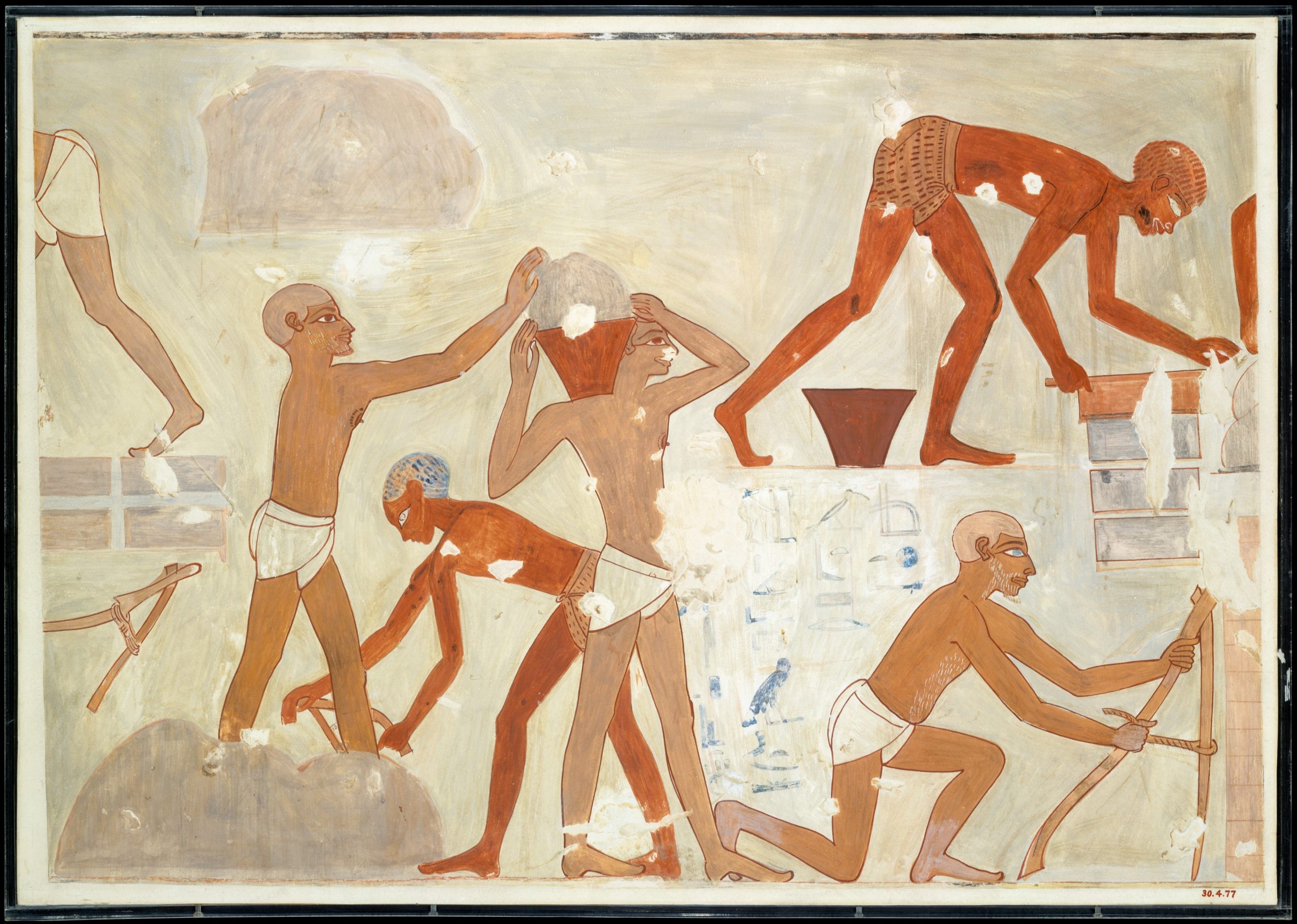The tomb of Rekhmire, TT100, located at Thebes, offers an unparalleled window into the life and responsibilities of a Vizier (a high-ranking political advisor or minister) in ancient Egypt. Rekhmire, serving under Thutmose III and Amenhotep II, hailed from a lineage of influential officials. His tomb, while never intended as a burial site, serves as a chapel showcasing the extensive duties of a Vizier and the intricate details of ancient Egyptian craftsmanship, particularly through its vivid depictions of artisans at work, using a variety of tools and technology, some of which advanced for the time.
Tombs
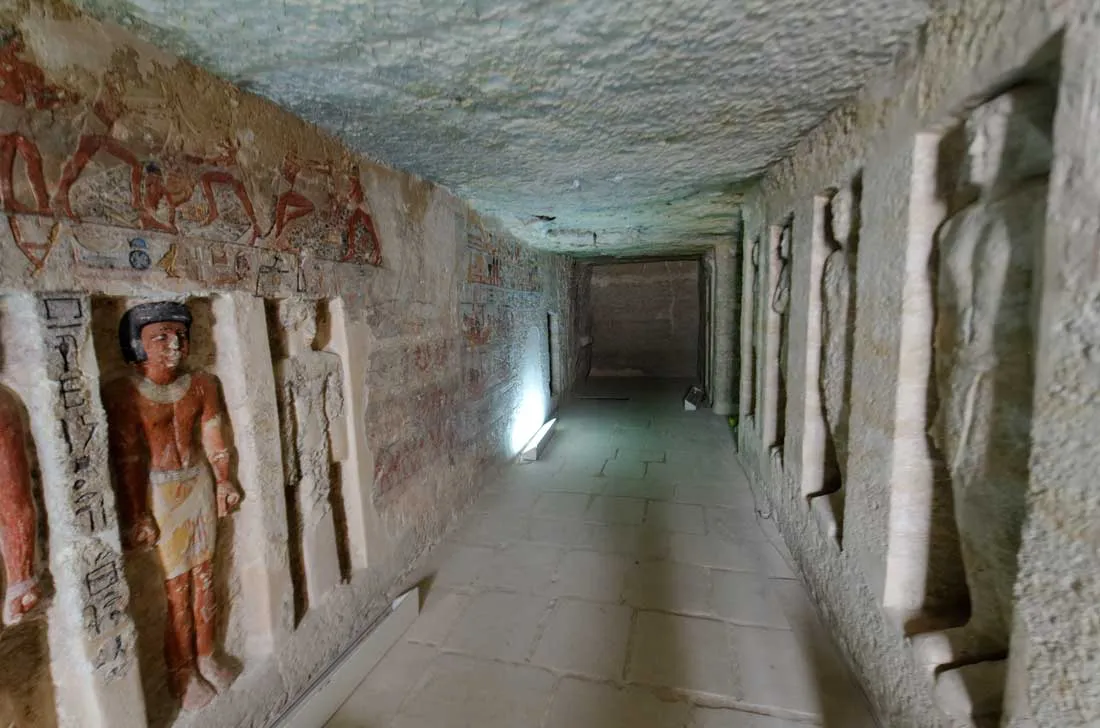
Tombs are structures built to house the dead. In ancient cultures, tombs were often grand and elaborate, filled with items for the afterlife. Some famous examples include the Egyptian pyramids and the tombs of Chinese emperors
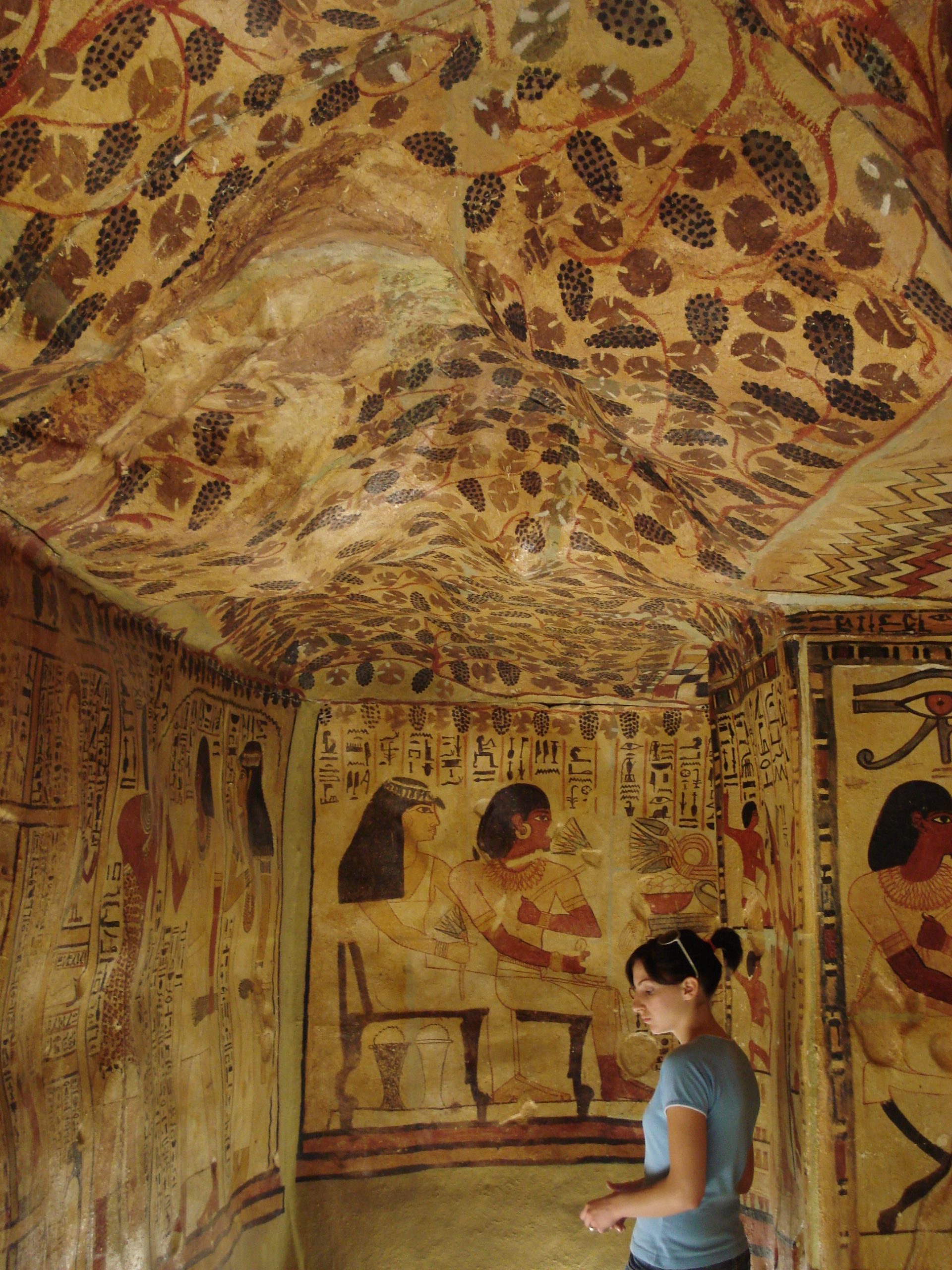
The Tomb of Sennefer (Tomb of the Vineyards)
The funerary complex of Sennefer, known as TT96, offers a fascinating window into the life and afterlife beliefs of the ancient Egyptian elite during the 18th Dynasty, specifically around the reign of Amenhotep II (approximately 1439 – 1413 BC). Sennefer, who held the prestigious title of Mayor of Thebes, was a prominent figure in the southern city, and his tomb, located on the south face of the hill of Sheikh abd el-Gournah, is a testament to his status and the artistic achievements of the period.
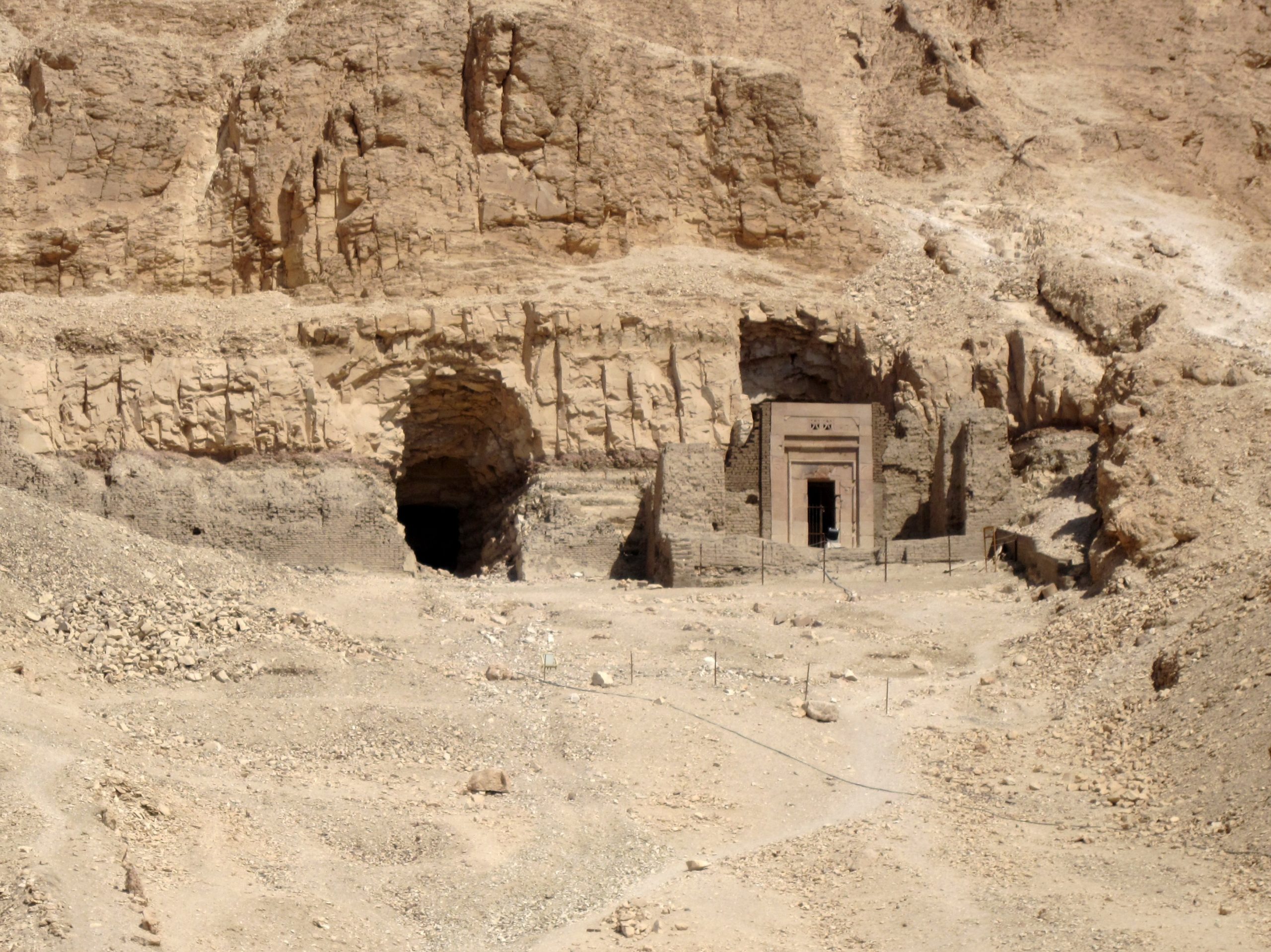
Tomb of Senenmut
The Tomb of Senenmut, located in Luxor, Egypt, is an ancient architectural marvel. It belongs to Senenmut, an influential figure during the reign of Queen Hatshepsut in the 18th Dynasty. This tomb is unique for its intricate astronomical ceiling and the mystery surrounding Senenmut’s life and death. It stands as a testament to the architectural prowess and the complex religious beliefs of ancient Egyptians.
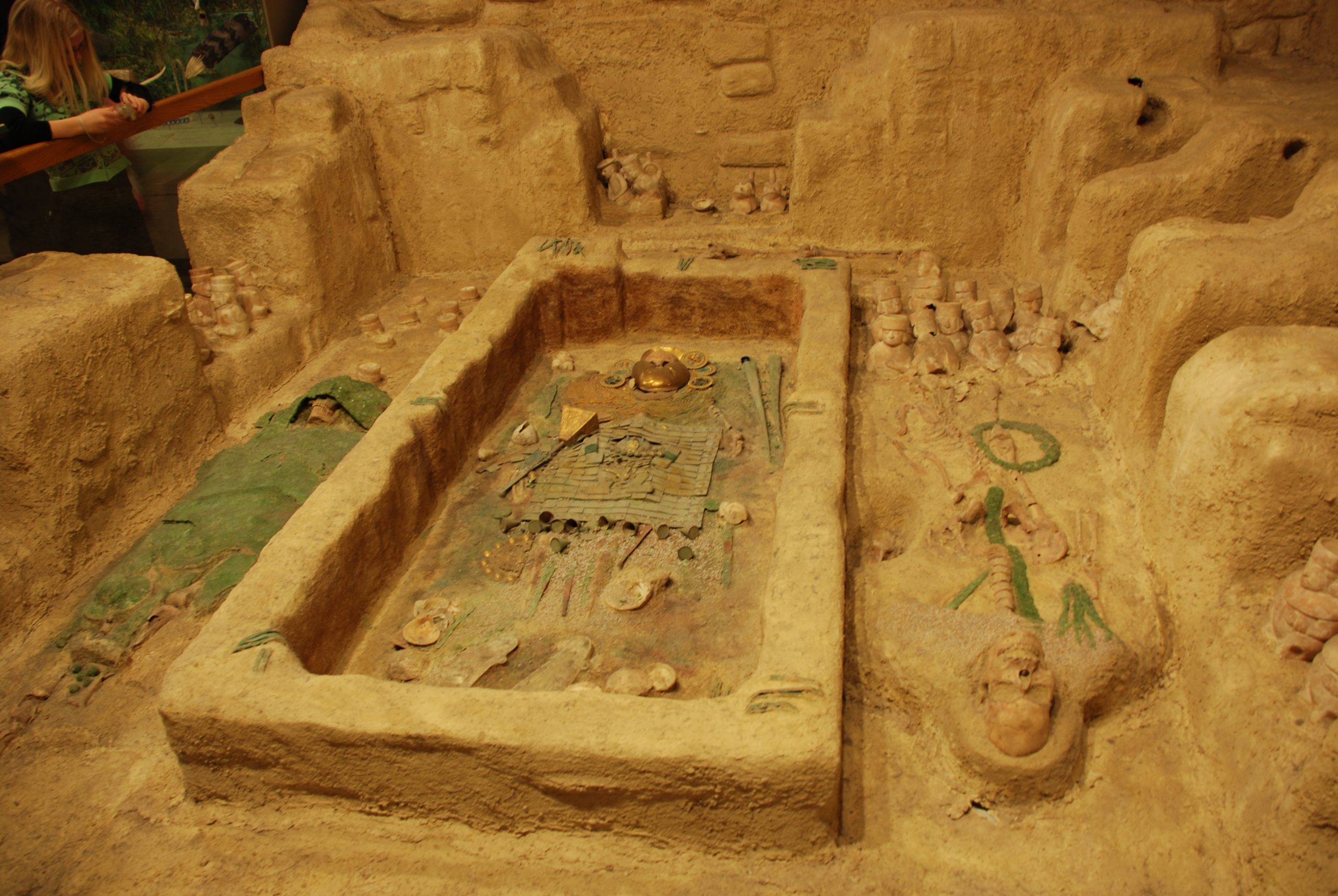
Royal Tombs Of Sipan
The Royal Tombs of Sipan are a series of pre-Columbian tombs belonging to the Moche civilization. Discovered in 1987 near the town of Sipán in Peru, these tombs are among the most significant archaeological finds in the region. They provide invaluable insights into the Moche culture, which flourished from about 100 to 700 AD. The tombs contained a wealth of artifacts, including gold and silver jewelry, ceramics, and human remains, which have helped scholars understand the social hierarchy, religious practices, and artistry of the Moche people.
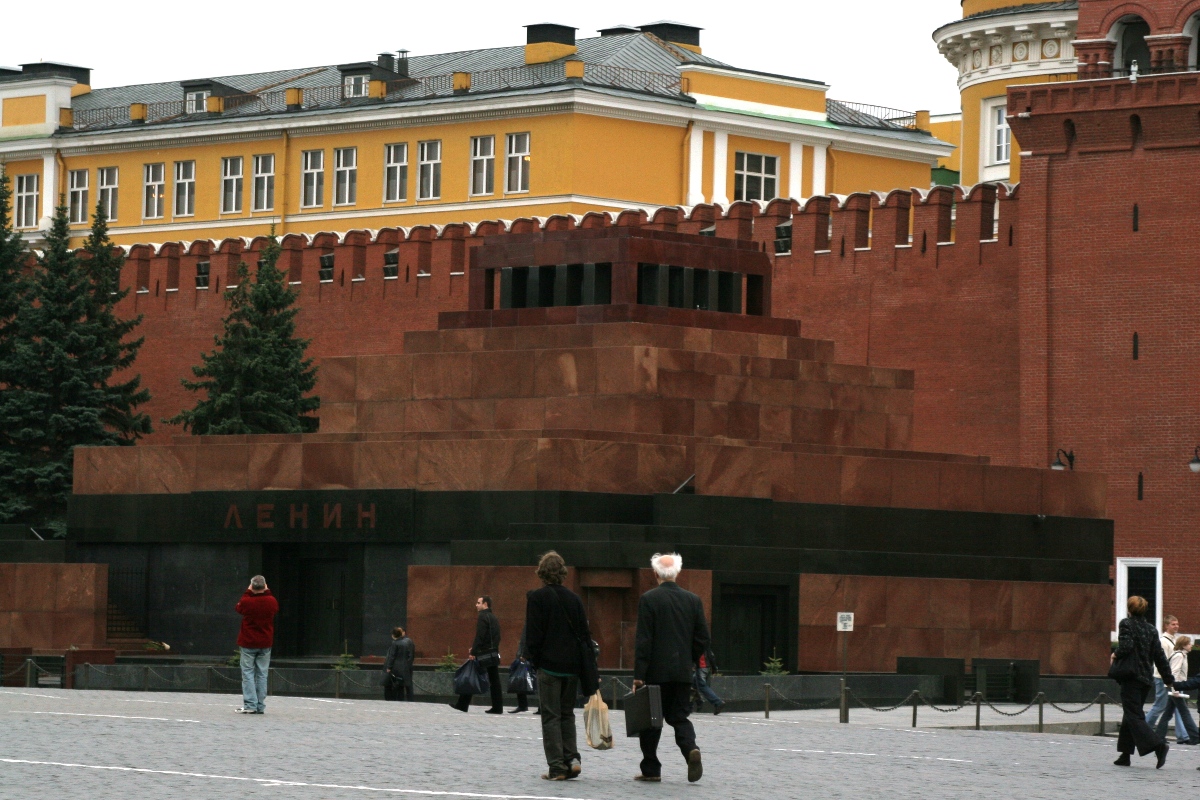
Tomb of Lenin (Lenin’s Mausoleum)
The Tomb of Lenin, also known as Lenin’s Mausoleum, stands in the heart of Moscow, in Red Square. It is the final resting place of Vladimir Lenin, the founder of the Soviet Union. His body has been on public display almost continuously since his death in 1924. The mausoleum itself is a notable example of Soviet architecture, combining elements of futurism and symbolism. It has become a symbol of the Soviet era and remains a site of political significance in Russia.
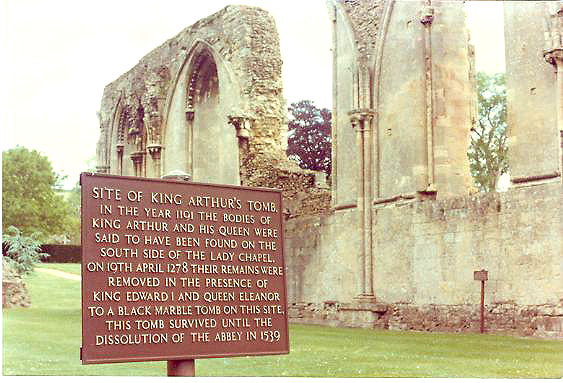
Tomb of King Arthur
The tomb of King Arthur, a legendary figure from British folklore, has been a subject of fascination and speculation for centuries. While the historical existence of King Arthur is debated, the lore surrounding his final resting place has inspired countless tales and searches. The tomb is often associated with Glastonbury Abbey, where monks claimed to have discovered the remains of Arthur and his queen, Guinevere, in the 12th century. Despite the lack of concrete evidence, the story of King Arthur’s tomb continues to intrigue historians, archaeologists, and enthusiasts alike.

